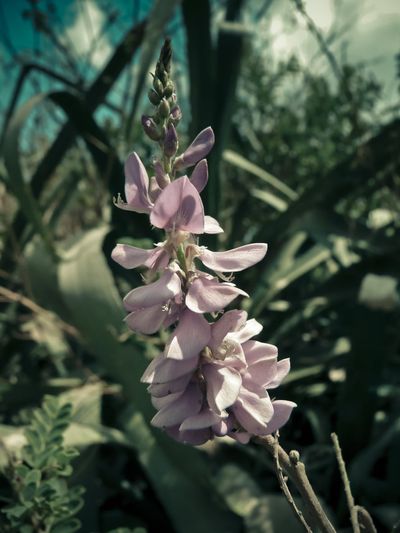How to Plant Indigo Seeds
Indigo is a member of the legume family, so if you grow it in your garden you get the added benefit of adding more nitrogen to the soil. The shrubby plant will grow up to six feet (2 m.) tall and produce pretty pink to blue flowers. Whether it grows as an annual or perennial depends on the climate. It does best in zones 9 and warmer, but in colder climates, it will grow as an annual. Growing indigo from seed is not difficult, but it does require warmth. If you are not in a warm climate, you will need a greenhouse; a warm, sunny windowsill; or even a heated propagator for the best results. Start your indigo seed propagation by soaking the seeds in water overnight. Plant the seeds in individual pots, three to four inches (7.5 to 10 cm.) across. The roots don’t like to be disturbed, so starting them in bigger pots instead of trays means you need not disrupt them as often. Repot the seedlings once or twice, ultimately using a 2.5-gallon (10 L.) pot for the final planting, unless they will be planted directly outdoors. Be sure to give your growing indigo plants regular feedings, as they need a decent amount of fertilizer. They also need humidity, so spray them regularly.
When to Sow Indigo Seeds
As long as you have sufficient warmth for the seeds, indigo seed planting should be done as early in the season as possible. This gives you a longer growing season and adequate time for it to develop leaves if you want to make dye. Sow the seeds any time between early February and about mid-April. If you will be growing the indigo for dye and you want to keep the plant growing as a perennial, be sure to harvest only half of the leaves per season. The right time to harvest indigo leaves is just ahead of the flower’s opening.
